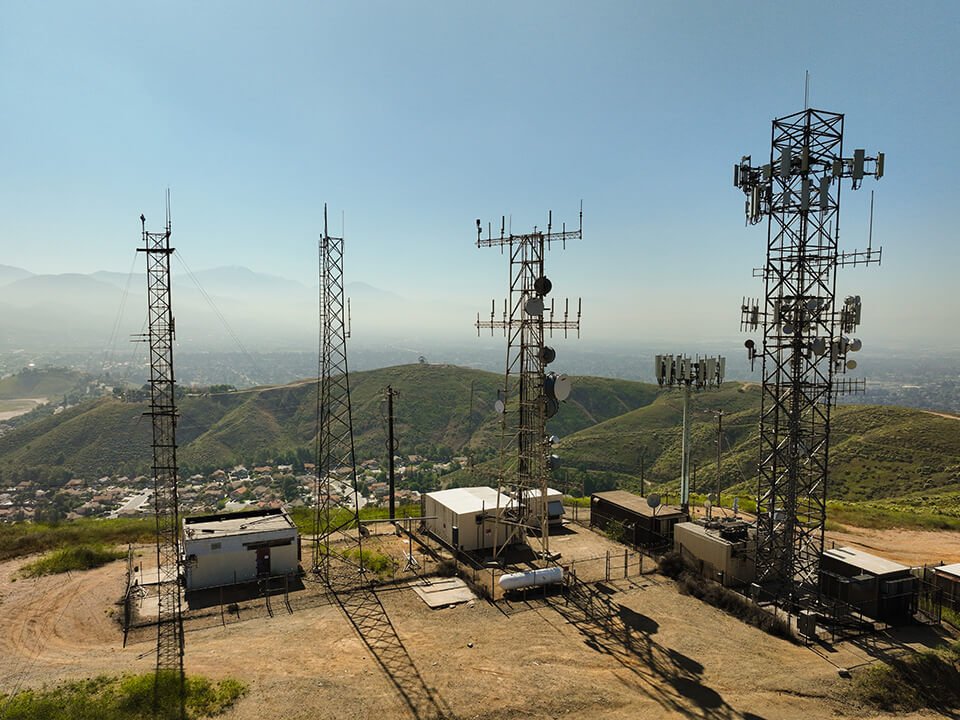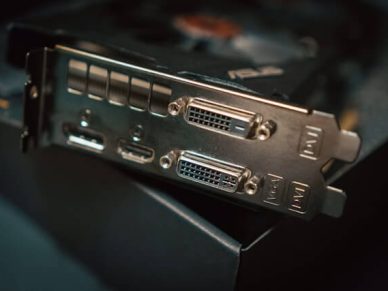View This Article in BOSS Magazine
The largest county in America is going digital. The CIO of California’s San Bernardino County shares the challenges and opportunities ahead.

As the population of digital-first and digital natives increases, so does the expectation that federal, state, and local governments will provide internet access with the speed, reliability, and ease that commercial entities have been furnishing users with for years. The largest county in the continental U.S. is making good on that presumption with a bold digital transformation program.
Occupying 20,105 square miles, California’s San Bernardino County (SBC) is the 12th most populous connected state in the nation and serves a geographic area that is bigger than nine other states.
The capstone of the SBC initiative is ensuring that all 2.18 million county residents across 28 municipalities have a great technology experience. “It shouldn’t be a poor experience for anyone,” county CIO Lynn Fyhrlund insisted. “Citizens should be happy with their government.”
The former CIO of Wisconsin’s Milwaukee County, Fyhrlund is leading the across-the-board metamorphosis, essentially changing an order-taking organization to a tech- and user-centric one.
“We've invested well in technology, and I'm here to strategically align IT with the goals of the business,” he explained. The county, which has 22,000 employees and 46 different departments, has a robust IT team composed of 16 IT departments and 399 members. The team handles all the county’s IT, telecommunication, and public radios.

SBC’s landmass cuts across a wide swath of the state, bordered by Kern and Los Angeles counties to the west and Las Vegas and Arizona to the east. “As a CIO, you have to be a visionary leader,” he said. “You come in and make sure all departments can deliver high-end services to residents and determine how to make ourselves resilient. I was in the Army Reserve for 24 years, so I always think that government has to be the last one standing.”
Fyhrlund’s atmospheric introduction to California was a storm that triggered the state’s first-ever tropical storm watches and warnings, which not only came as a surprise to the Midwestern native, but also lent credence to the need for all-around IT preparedness and resilience he’d been advocating as central to the transformation. “We have to make sure that whatever occurs, the government is there to assist the most vulnerable in time of need,” he said. “You have to figure out how to balance innovation and disruption with stability in a risk-averse environment.”
Modernizing legacy systems is a key component of the effort, as is deciding what should be on-prem and what should be in the cloud. On-prem software is hosted locally and runs on an organization's own hardware infrastructure. Cloud software is managed and stored by the vendor and is accessed through a web browser. Given the complexities of government entities, particularly those the size of SBC, a careful balance has to be struck.

“We have certain items in the cloud, so we can access it from wherever we're at and where those clouds reside. That's part of the digital transformation, and part of what we're doing is innovation and disruption.” They are currently considering including an on-prem data center as a colocation and are using Commvault to move everything to the cloud. Now that they are switching from on-prem storage of physical tapes to cloud storage, they are reducing their staff time and overall costs.
“We’re reducing risk because we ship everything to off-site storage immediately. Our recovery time is faster and so using the cloud is going to transform how our backups are running and building an environment where other departments want to join in with us,” he added.
Additionally, SBC is replacing their IT architecture with Commvault hyperscale technology to enhance scalability. “We've also linked into them and get dedicated enterprise success programs, as well as a dedicated account manager,” he noted.
GIS mapping provides a visual story of the county’s connectivity, essential in understanding and monitoring such a broad terrain. To that end, they’ve partnered with premier mapping companies, including San Bernardino-based Esri. “Part of our transformation is using those technologies to tell the story and help deliver services to our end users,” he said. “Part of it is making sure updates are working well with all the departments and enabling everyone to use those maps and also have governance around it.”
According to KPMG, information-centric entities with data at the center of their digital transformation must have modern data architecture in the cloud that leverages multiple data sources, scaled solutions in analytics, automation, integration, strong data fluency, and clear governance.
This is where SBC’s data-as-an-asset approach comes into the picture. Said Fyhrlund, “You can't have AI if you don't have good data from all government entities. We must have a collaborative data environment through data governance, and that requires trust as to how we share that data and how we can deliver those results.”

With more open positions than workers in the government, SBC is considering the use of AI to automate repetitive, low-value tasks so their employees can use that time to focus on their citizens, with the bonus of bringing the number of vacancies down. “I think you have to be cautious when you use it,” he said.
“We know that AI can be a force multiplier, but at the same time, where is the data stored? How's it being used? Are we ensuring that data is safe, that the outcomes are good, and that it’s used to augment your workforce and not replace them? How do you use AI to help your workforce do their jobs and deliver higher-end services?”
Digitizing an entire government requires heavy-duty change management. “When you propose innovative solutions or AI, you have to come along with the journey,” he said, stressing the importance of clearly communicating what the tech can do, and how it can be used to its best effect by any user. “We have to understand change management and how we bring the county along with us and partner with them,” he concluded. “It's always having that continuous improvement mindset, moving forward, remembering why you're doing what you're doing, and enabling everyone.”
San Bernardino County is a diverse public service organization serving America’s largest county that for two consecutive years has led the nation in awards for innovation, efficiency, and outstanding public service. We are governed by an elected Board of Supervisors and dedicated to creating a community where nearly 2.2 million residents can prosper and achieve well-being in fulfillment of the Countywide Vision.
It is comprised of 42 departments and agencies, which are staffed by more than 22,000 public service professionals who provide a wide range of vital services in the areas of public safety, health care, social services, economic and community development and revitalization, fiscal services, infrastructure, recreation and culture, and internal support. San Bernardino County’s organizational culture is defined by the four pillars of value, innovation, service, and vision.
Corporate Office
385 N. Arrowhead Avenue
San Bernardino, CA 92415
Phone Number: 888.818.8988
Homepage Link: https://main.sbcounty.gov/
Facebook: https://www.facebook.com/SanBernardinoCounty/
Twitter: https://twitter.com/SBCounty/
LinkedIn: https://www.linkedin.com/company/sanbernardinocounty/
YouTube: https://www.youtube.com/user/SBCountyPIO
Instagram: https://www.instagram.com/sbcounty/
Tik Tok https://www.tiktok.com/@sbcountytiktok















